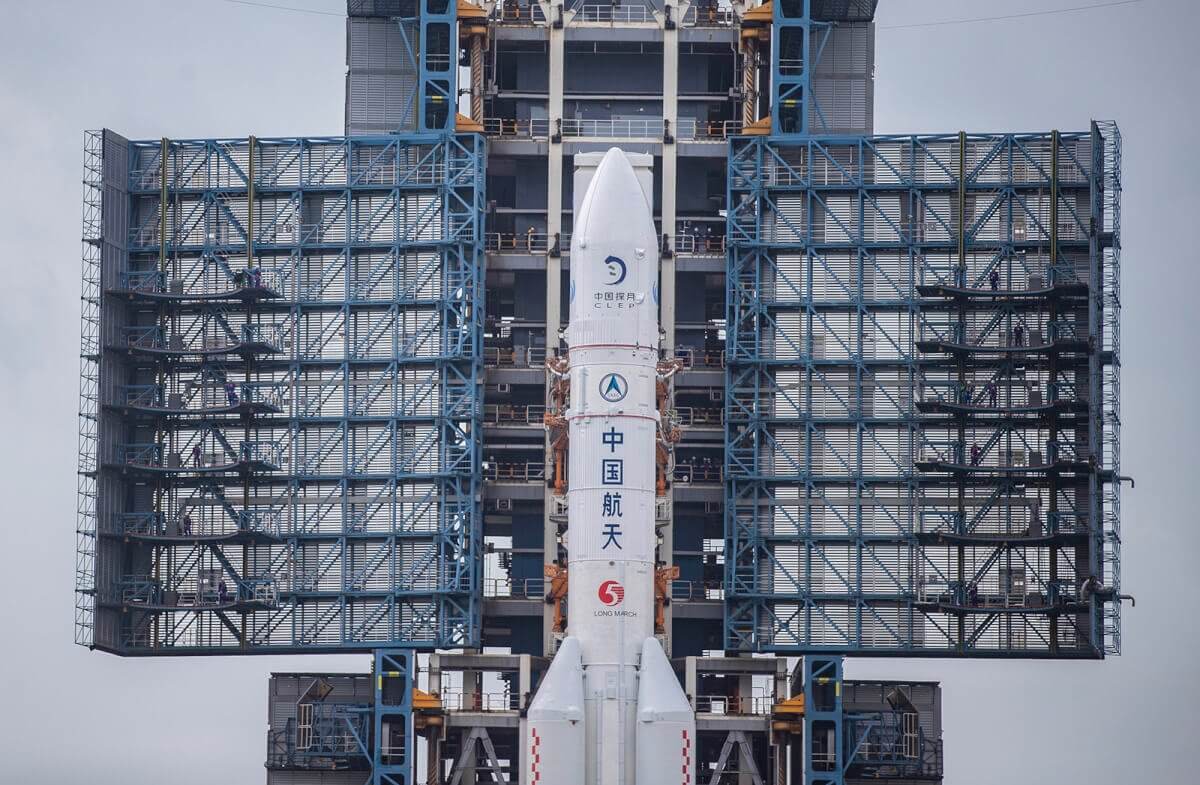China launched an ambitious mission to bring material from the lunar surface for the first time in more than 40 years. The initiative could contribute to human understanding of the Moon and the solar system.
“Chang’e 5,” named after the Chinese goddess of the Earth’s satellite, is the country’s boldest lunar mission to date. If successful, it would be a breakthrough in China’s space program, and some experts say it could pave the way for bringing back samples from Mars or even for a manned lunar mission.
The four modules of the Chang’e 5 spacecraft took off just after 4:30 a.m. China time Tuesday morning atop a massive Long March-5 rocket and from the Wenchang launch center, located off the coast of the southern province of Hainan.
The Chang’e 5 mission is the next step in China’s ambitious space program, which managed in early 2019 to land a spacecraft on the far side of the Moon, a world first.

The probe that was sent this time is designed to collect dust and lunar rocks, excavating the ground to a depth of two meters, and then sending them back to Earth. These samples could help scientists better understand the history of the Moon.
It is the first attempt to bring back lunar rocks since 1976 and the unmanned Luna 24 mission successfully carried out by the former Soviet Union.
The Chinese probe is expected to land on the Moon in late November. The return of the samples to Earth should take place in early to mid-December. It is not the first time that China has launched a spacecraft to the Moon.
The missions Chang’e 3 (in 2013) and Chang’e 4 (started in 2018) have already managed to land two small remote-controlled robots, the so-called “Jade Rabbits”, on the Moon.
The Asian giant is investing billions in its space program to catch up with Europe, Russia, and the United States.
In 2003 he sent his first astronaut into space, in 2022 he hopes to assemble a large space station and also wants to send men to the moon in about ten years.














